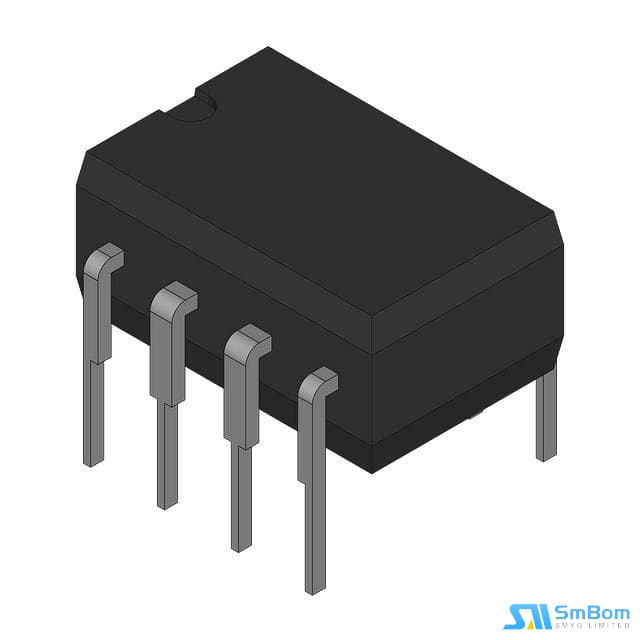| Picture | Model/Brand/Encapsulation/Describe | RoHS | Price | Quantity | operate |
|---|---|---|---|---|---|
 | 1 + : $ 2.02 25 + : $ 1.6696 100 + : $ 1.5264 | Total: $2.020000 | |||
 | 1 + : $ 2.02 25 + : $ 1.6696 100 + : $ 1.5264 | Total: $2.020000 | |||
 | 156 + : $ 0.965 | Total: $150.540000 | |||
 | Model: ISL6415IR-TK Brand: Intersil (Renesas Electronics Corporation) Encapsulation: Describe: Data sheet | 245 + : $ 0.615 | Total: $150.675000 | ||
 | 1 + : $ 3.785 10 + : $ 3.4185 25 + : $ 3.2596 100 + : $ 2.8302 | Total: $3.785000 | |||
 | 1 + : $ 4.795 10 + : $ 4.33 25 + : $ 4.1288 100 + : $ 3.5849 | Total: $4.795000 | |||
 | 145 + : $ 1.04 | Total: $150.800000 | |||
 | Model: LT1575CS8#PBF Brand: Linear Technology (Analog Devices, Inc.) Encapsulation: Describe: Data sheet | 69 + : $ 2.168405 | Total: $149.619945 | ||
 | 1 + : $ 5.815 10 + : $ 5.252 25 + : $ 5.0076 100 + : $ 4.34815 250 + : $ 4.1527 500 + : $ 3.78629 1000 + : $ 3.6872 | Total: $5.815000 | |||
 | 283 + : $ 0.53 | Total: $149.990000 |
1
2
3
4
5
50




